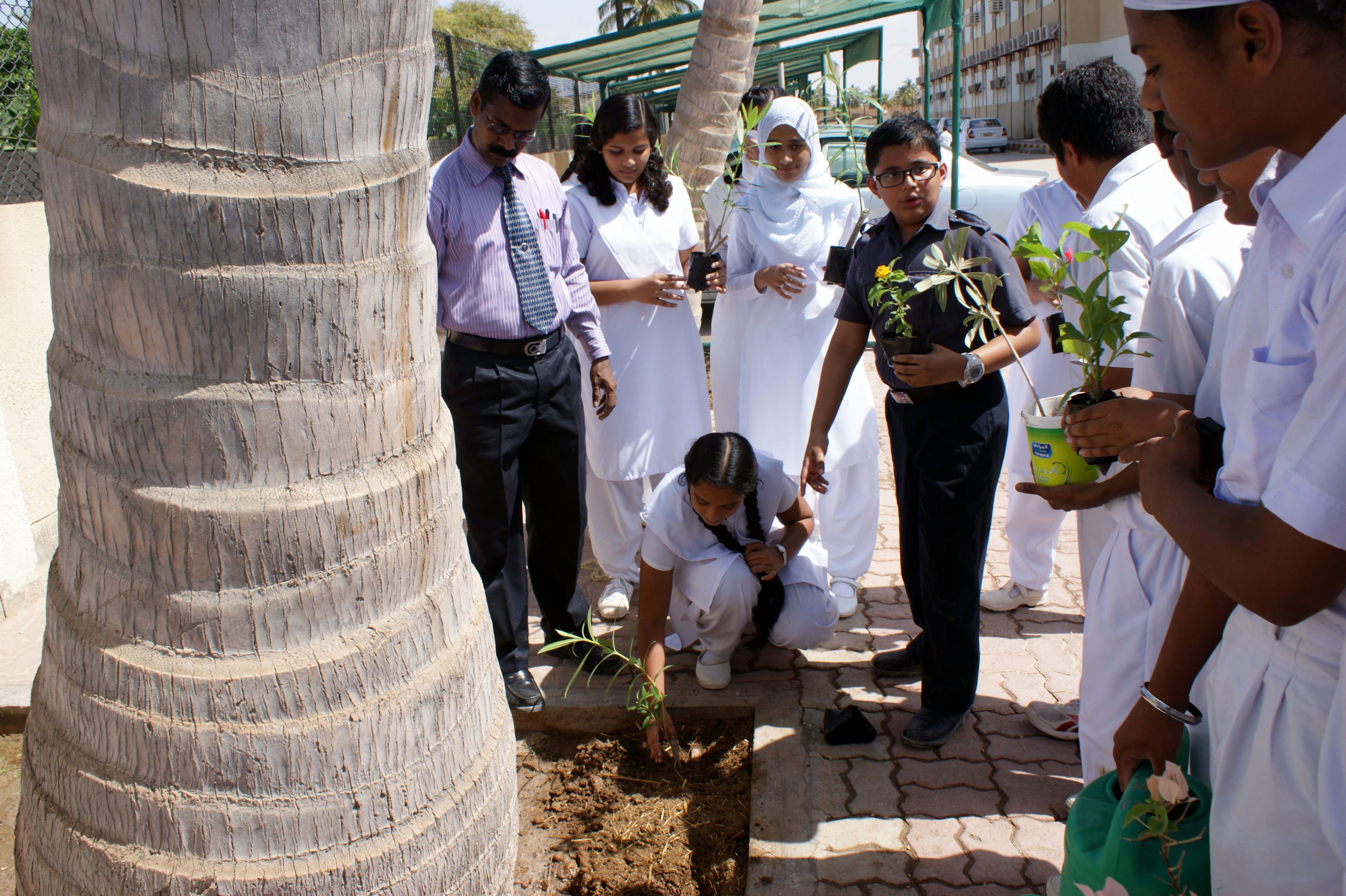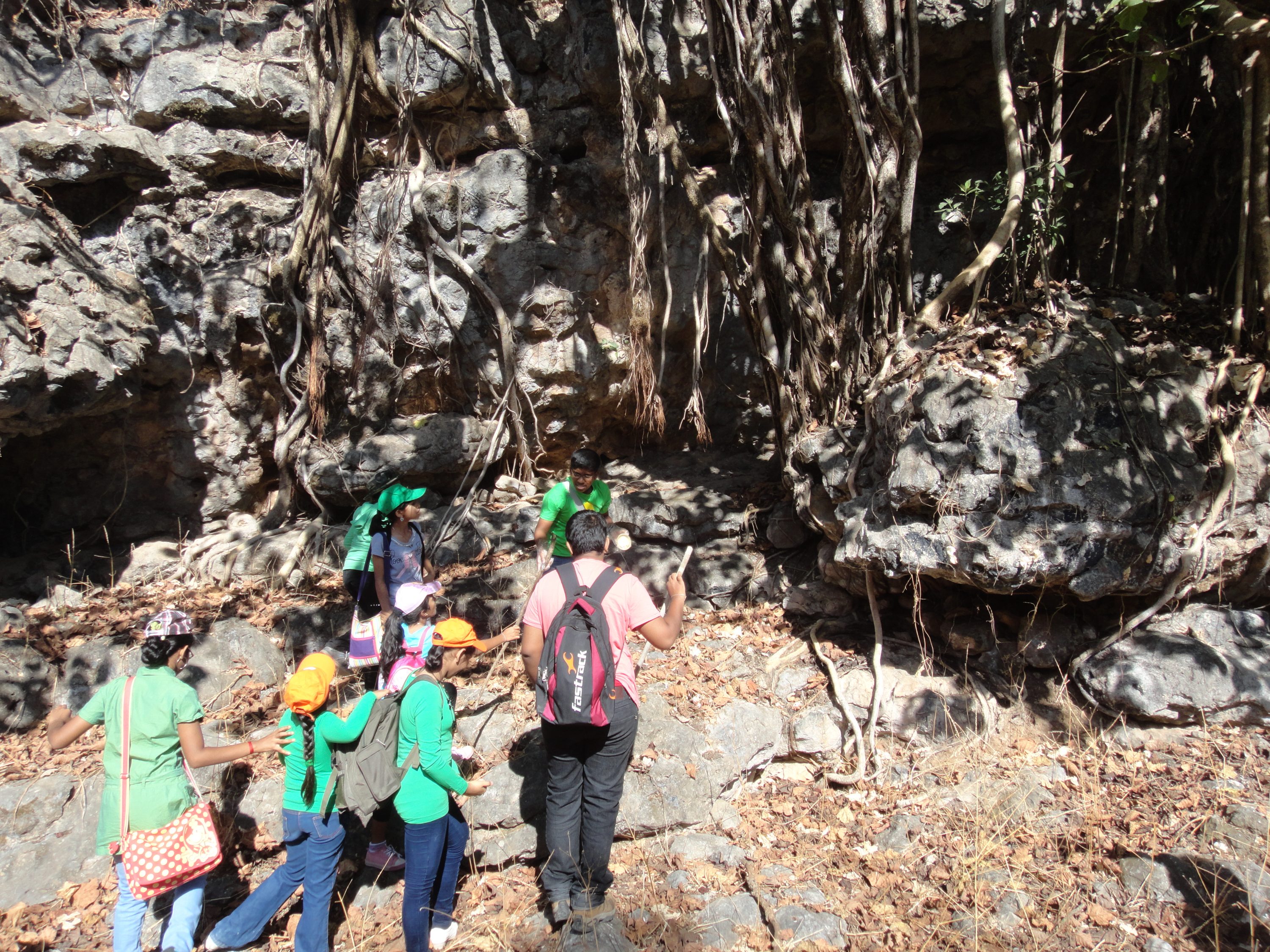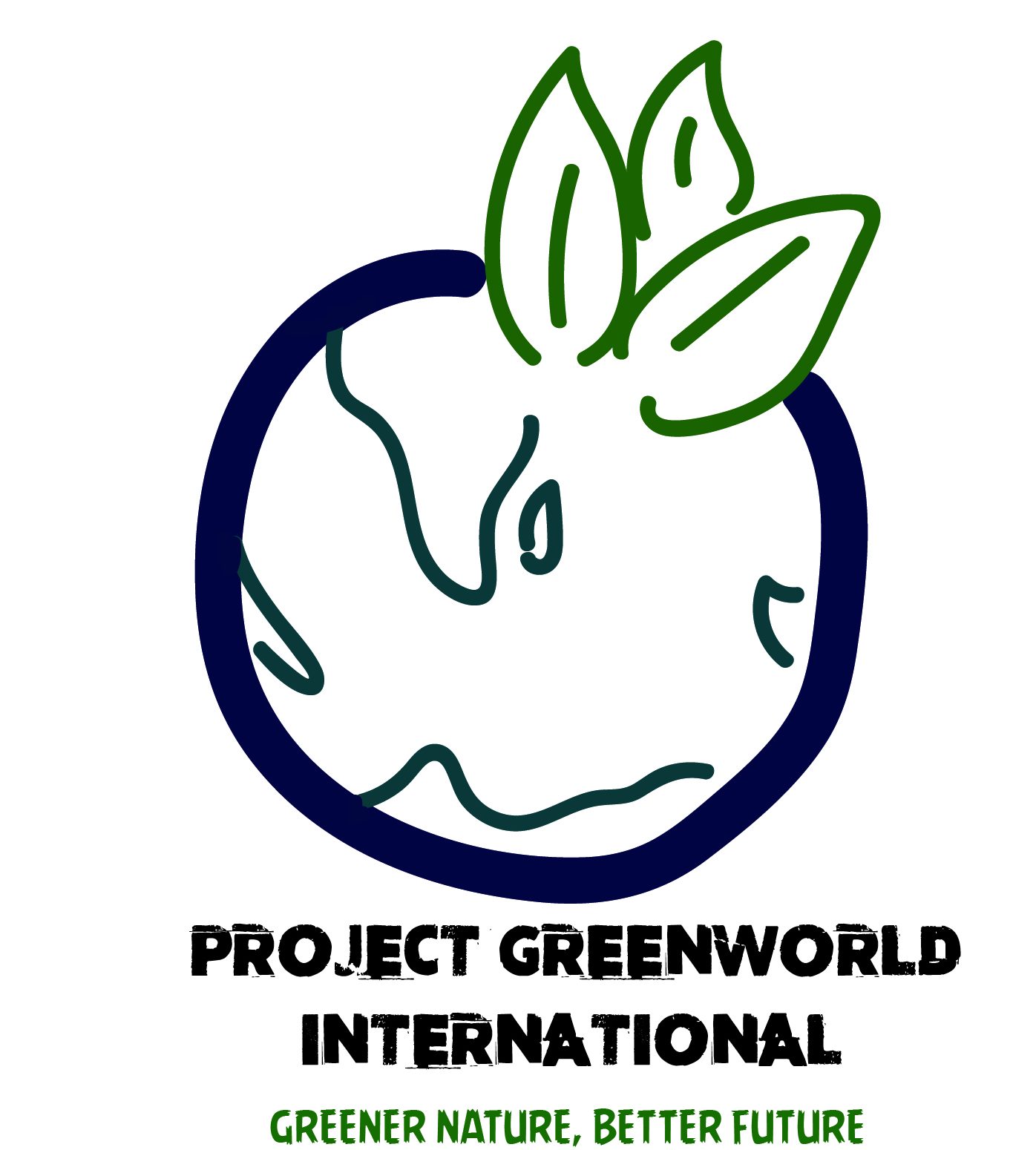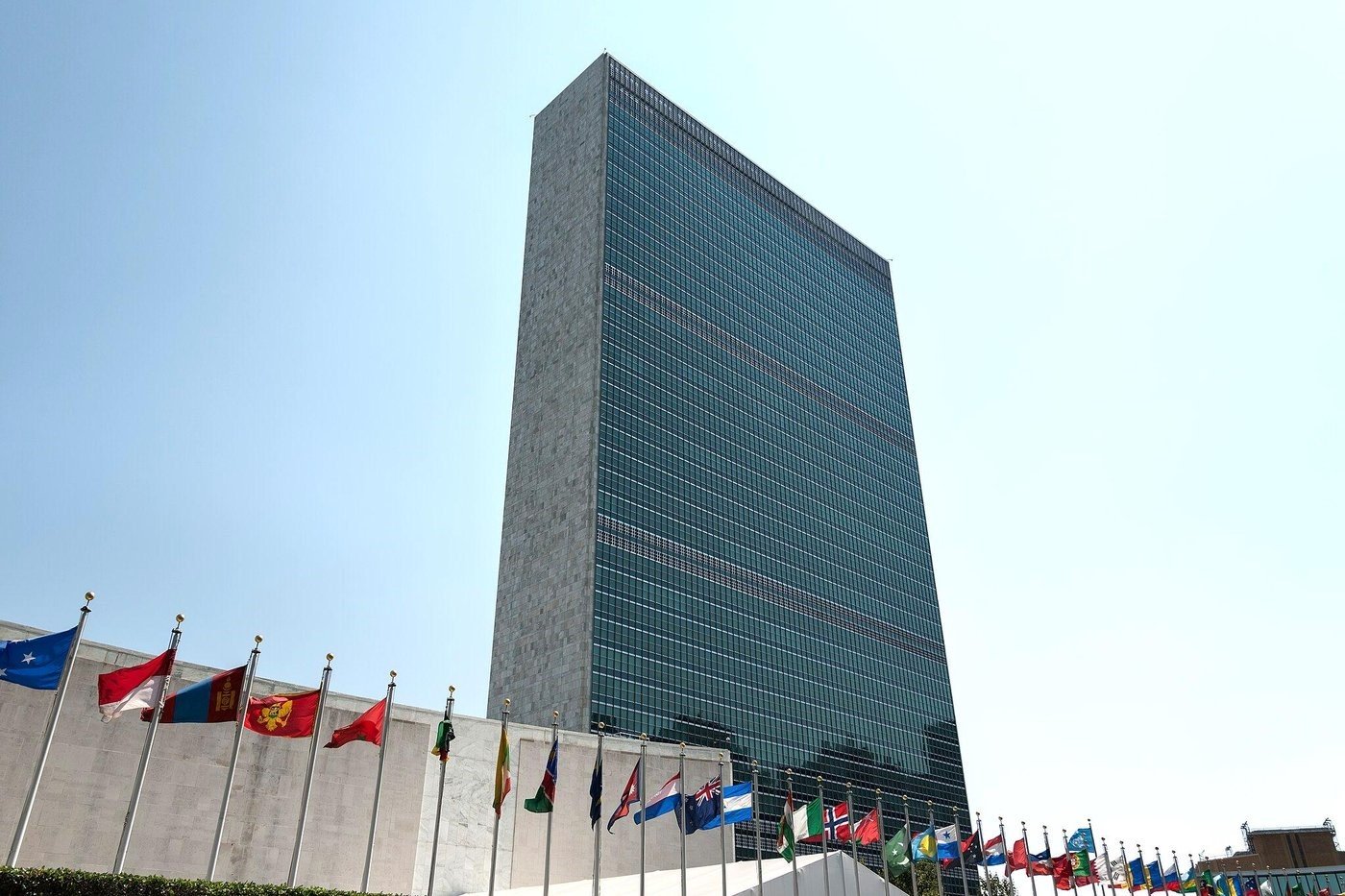My first encounter with future came some thirteen years ago, when my mother and I packed our bags and left India to join my father in Oman, where he had been working for some months as a doctor. Recently recovered from ataxia, the pudgy, stammering four-year-old boy caught his pregnant mother by her little finger and asked her why they were leaving their beautifully wooded little home and with it all the trees, birds and little critters. “Future” was her reply.
Years later, when I traveled back to the North-Western parts of India as part of a television network’s social campaign, I was once again forced to witness the stark reality. In the scorching Thar desert where the temperature can get as high as 79oC, I saw hundreds after hundreds of young girls forced to brave miles of barren desert land to reach a rusty, old water-pipe to quench the thirst of entire families. Some men even marry ‘Water-Wives’, whose sole duty is to fetch water from faraway villages in the middle of nowhere. This made me wonder, if any of those countless young sons and daughters of the world would ever get to taste that six-letter word, ‘Future’.

In the Photo: Water Filtration Project in Ghana. Photo Credit: El Ehsan Charitable Relief Foundation/Usman Ibrahim
Around two years ago, humanity embarked on a milestone journey to ensure a safe and bright future for all when 194 countries of the UN General Assembly adopted the 2030 Development Agenda thereby embracing 17 Sustainable Development Goals hand-picked from a vast range of social issues that require being redressed within the next 15 years.
In the words of UN Secretary-General Ban Ki-Moon “The SDGs are an indivisible tapestry of priorities for collective action.” Although the word ‘youth’ is mentioned only 5 times within the 169 targets of the 17 SDGs, it is essential to realise the fundamental role of youth in implementing each of the 169 targets because at the end of the day, it is us, the youth, who will have to live with the effects of these targets and sit down around a table as future leaders to help lead the post-2030 world.
Related Article: “THE SUSTAINABLE DEVELOPMENT GOALS AND OUR YOUTH“
When talking to a lot of people my age, what I have noticed is that a lot of young people are reluctant to shoulder bigger responsibilities. They often lack the drive, the knowledge or both to stand up and make a change. When I first learned in second grade that trees are as much living things as animals and humans I was hurt. I cried into my pillow all night pondering on if the Coffee plum tree in our neighbourhood would have felt bad when some grown-up men cut her down. Fast forwarding to 2012, I was in grade 7 when my teachers encouraged me to found Project GreenWorld International (PGWI).

In the Photo: Children for Social Change. Photo Credit: VolNepal
As an amateur environmentalist who just wanted to plant a couple of saplings, my aims weren’t very broad; all I wanted was to have fun with my friends planting saplings and watering them. Nevertheless, my work with PGWI exposed me to a lot of pressing issues that my childish mind could not possibly comprehend and soon my vision got shaped into a very distinct mission. I realised that it was essential for us to shoulder this herculean responsibility and implement Sustainable Development Goals (SDGs), but I had no idea how to start. I tell my story because this is the story of countless young people who wish to take actions that can make a change.
This is why educating youth on the principles of sustainable development is the most important resource we have for implementing the SDGs.

In the photo: World Environment Day Tree Plantation at the Indian School in Salalah. Photo Credit: R. Chakraborty
Every day, technology and information expand exponentially. It took us around 2 million years to go from fire to electricity, over hundred years to go from electricity to digital computers but only fifty years from computers to smartphones. In the face of this extreme change, the only way we can reach the SDG targets in the next 15 years is if we provide knowledge, information and necessary know-how to all the young people in the world. With the right knowledge, the world’s youth can most certainly become empowered change-makers. That is the future I dream of in 2030, a world where all people of all ages, genders and all socio-educational backgrounds can put their skills together for the progress of the world.
The youth is the hope of our future. There can be no tyrants where there are no slaves. There can only be Leaders there. -Jose Rizal
Looking back to history, it is evident that every revolution, every creation and every new movement that has succeeded, has always had a huge population of young people within their folds. This is even more crucial now more than ever because today, there are 1.8 billion young people between the ages of 10 and 24. What often baffles me is the sheer power we could wield if all 1.8 billion young people united for change. However, a large fraction of youth is steeped in the murky waters of social instability, poverty, illiteracy, hunger and unemployment. In fact, in the world’s 48 least developed countries, children or adolescents make up a majority of the population. The youth are the building blocks of tomorrow, if they are underrepresented, we will not be able to successfully address the social and environmental ills that plague our world.

In the Photo: Revegetation Project initiated in 2012, has reforested over half a hectare of land. Photo Credit: Shaji Sreedhar
The statistics are overwhelming, and so is the potential of this enormous population. One child who can dream is more powerful than a hundred adults who cannot. I have seen this come to fruition in countless lives around me. One drop of water is not much. It weighs less than one by twentieth of a gram and cannot possibly do anything great, but when millions of billions of them come together, they help sustain all life on our planet. Similarly, we, the youth, need to rise up in millions with one voice and one dream, for a safe, sustainable and just world within our lifetimes. Once we catalyze the forces for young changemakers to unite, the 2030 SDG Agenda will not just become a successful reality but also the gateway to a new world of social equality and environmental salvation.
 Project GreenWorld International aims to empower youth in providing leadership to care for the environment and society by inspiring, informing, collaborating and thus enabling them to dream and strive for a higher standard of peace, security and harmony between man and nature.
Project GreenWorld International aims to empower youth in providing leadership to care for the environment and society by inspiring, informing, collaborating and thus enabling them to dream and strive for a higher standard of peace, security and harmony between man and nature.










